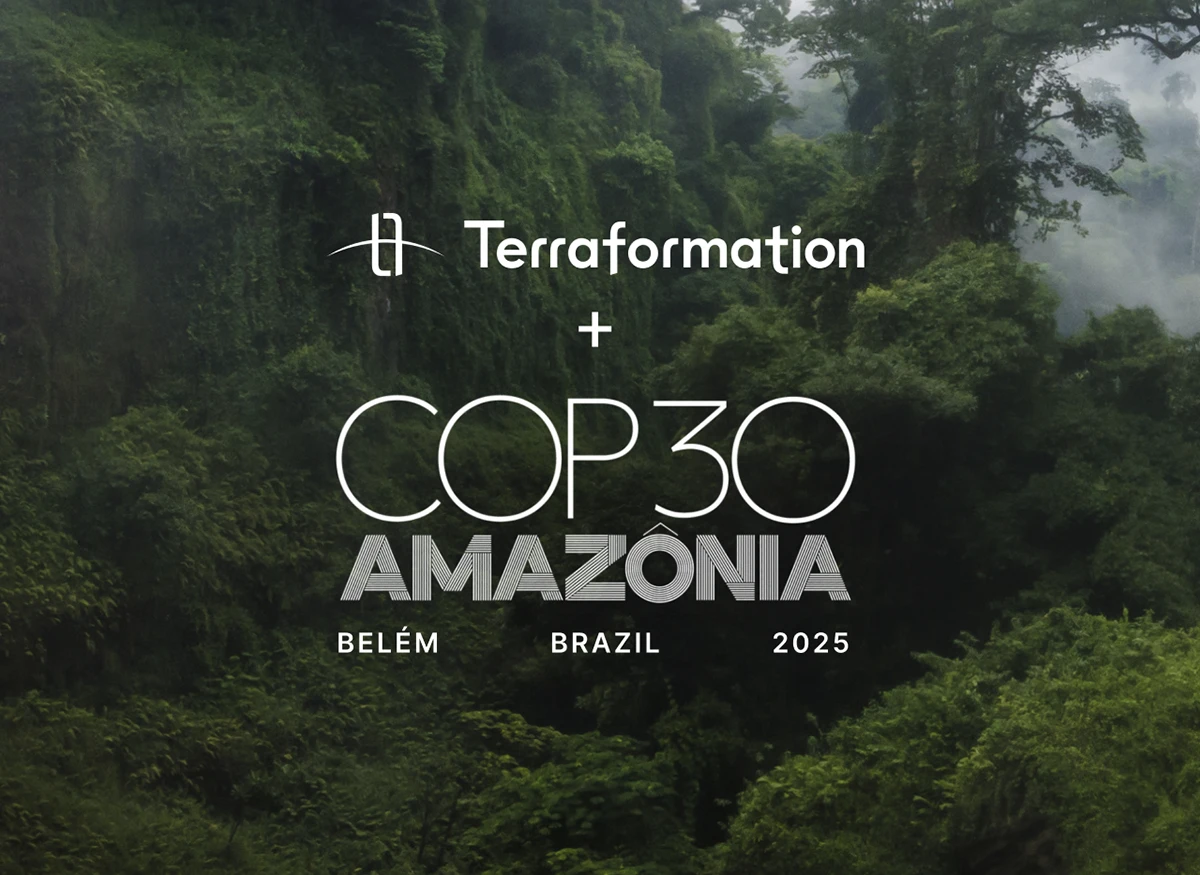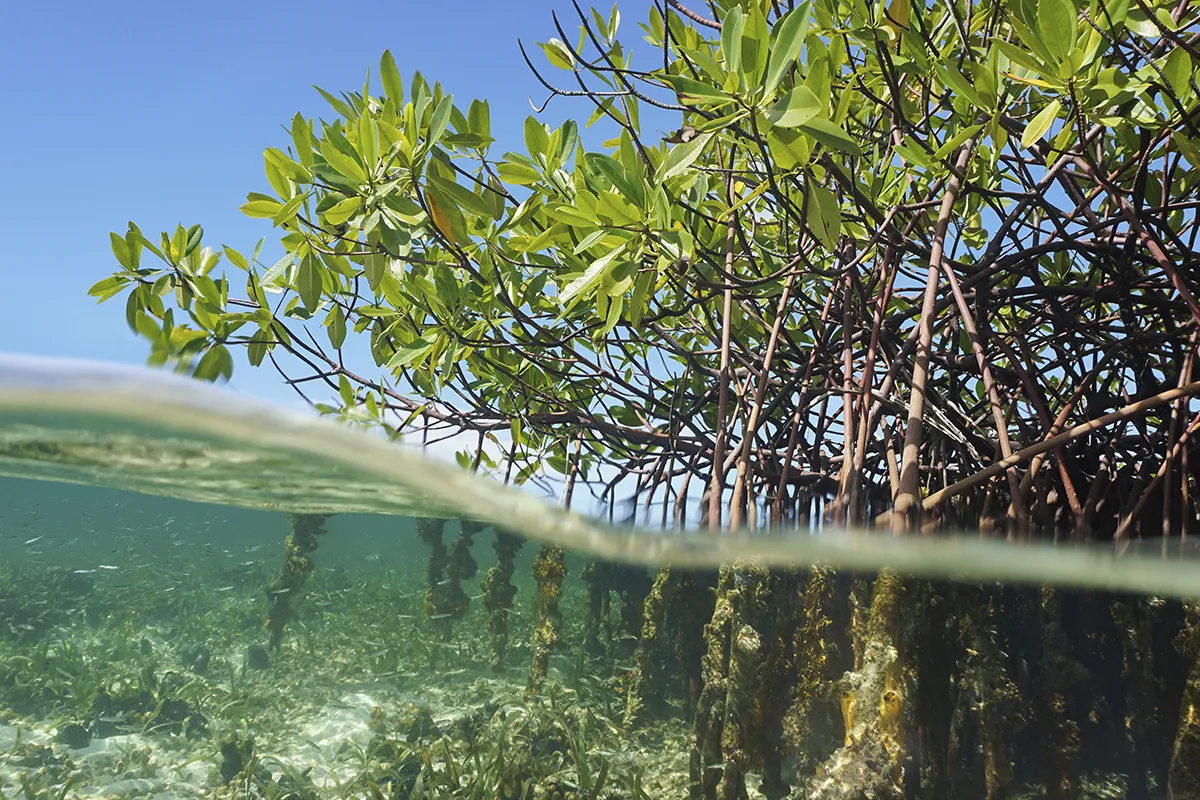3 Types of Forest Carbon Credit Projects

A carbon credit is a certificate that represents one metric ton of carbon dioxide or an equivalent of other greenhouse gases captured from, or prevented from entering, the atmosphere. Organizations can purchase carbon credits to reduce their greenhouse gas footprint and optimize their operations to reduce greenhouse gases.
Today, demand for carbon credits is increasing fast. To meet our climate goals, we will need to launch many more forest carbon projects — but we also need to ensure that projects meet the highest standards for quality.
Guiding principles for carbon sequestration forest projects
In the forest carbon market, carbon projects must meet a strict set of rules to qualify as high-standard carbon credits:
Permanence
Greenhouse gases can stay in the atmosphere for decades or even centuries. For verified forest carbon projects, it’s important to ensure that carbon is stored for a similar amount of time. Landowners and forest managers must commit to leaving forests in place for up to 100 years. These commitments must be adaptive, with mechanisms to incentivize landowners to keep forests in place even if market forces increase the economic appeal of cutting down the forest.
Even if landowners and forest managers intend for a forest to be permanent, drought, disease, or fire may damage forests. Careful sourcing of diverse native seeds can make forests more resilient to these forces. A forest is especially fragile in its early stages, but thoughtful forest management can improve survival odds and ensure that it successfully establishes itself.
Additionality
Forest carbon projects can only receive credit by storing additional carbon from the atmosphere. Project owners must prove that the project follows this “additionality principle” — that without this project, no additional carbon would have been captured or more carbon would have been released.
Leakage
Forest carbon credit accounting requires a global perspective. Carbon leakage occurs when emissions reduced or avoided by one project get transferred to another region that may not be as closely monitored or protected. For example, improved forest management projects that reduce timber harvesting can result in accelerated harvesting elsewhere to meet market demand. This is where forest carbon market verification comes in to enforce high-quality forestry carbon offsets.
Benefits beyond carbon capacity
Monoculture tree plantations are often planted in forest carbon projects because they are cheaper and their growth rates are high — which allows project owners to sell carbon credits at a lower price and make higher profit margins.
But forest carbon projects can provide many benefits beyond offsetting emissions, including biodiversity, habitat restoration, clean water, and sustainable livelihoods. Although carbon credits don’t currently quantify these benefits, they are still significant.
This is one reason Terraformation supports projects that prioritize biodiversity and community benefits, in addition to carbon capacity. We focus on restoration efforts that use genetically diverse native seeds, to cultivate resilient and carbon-thirsty ecosystems that will provide habitat for a variety of animal and plant species. We also select projects that engage local communities and provide sustainable livelihoods — which increases the likelihood that the forest will remain protected in the long run.
Types of forest carbon credit projects
Improved Forest Management (IFM)
These projects are credited based on additional carbon stored in a managed forest above a regional baseline. The projects accumulate the additional carbon from improved management techniques, including extending harvest rotations and harvesting timber selectively rather than via clear cuts. These projects receive the bulk of their payments upfront for the additional carbon the forest holds above baseline. They can receive additional smaller payments over the life of the project if the forest accumulates additional carbon.
Improved management of existing forests lays the groundwork for future restoration of degraded landscapes. Surviving native forests offer a rich haven of biodiversity and have much to teach us about ecosystem services and cycles. They preserve wildlife habitats and provide built-in seed banks for future reforestation efforts.
Avoided conversion
These projects commit to preserving existing forest that is under high threat of clearing. These projects produce REDD+ offsets — which stands for “Reducing Emissions from Deforestation and forest Degradation.” These projects receive payments spread over some time, typically 10–20 years.
When assigning credits for avoided conversion projects, it’s important to be sure that a project was indeed facing a high threat of clearing. This is a significant challenge for REDD+ offsets, given the temptation to monetize unprofitable tracts of forest by exaggerating the threat of clearing.
Properly evaluating forested land and establishing an economic rationale for deforestation is crucial to estimating whether the land is actually at high risk. It is likewise important to ensure that the creation of REDD+ offsets does not displace deforestation from the protected land to an adjacent unprotected parcel.
Afforestation or reforestation
These projects regrow forests on degraded land. Land may have become degraded for a variety of reasons: the old-growth forest may have been cut down to make room for grazing animals or agricultural farms, the forest may have burned (either via natural wildfire or manmade clearing fire), or it may have been fragmented by development into a non-cohesive structure.
Terraformation’s Seed to Carbon Forest Accelerator prioritizes reforestation, with a heavy emphasis on projects that increase biodiversity and provide economic opportunity for local communities.
But all of these types of forest carbon projects play a critical role in fighting climate change — as long as they meet standards for quality (including additionality, permanence, and leakage). We need to focus on spurring more of them and ensuring that biodiversity, ecosystem services, and social impact are also incentivized.
As high-quality carbon credits from forests become more readily available, we’ll see native ecosystems flourish — improving outcomes for people and the planet.
















